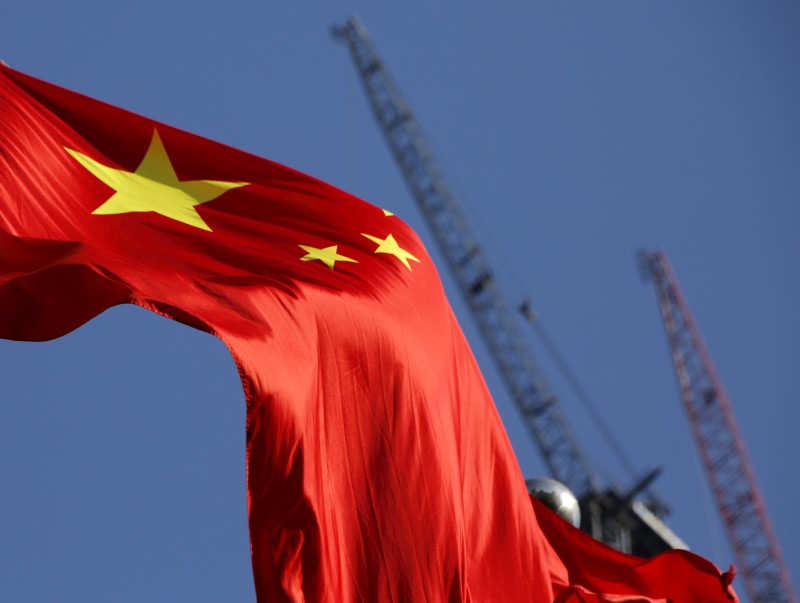By Gina Lee
Investing.com – The Chinese economy continues its path toward recovery from the COVID-19 pandemic, but nagging unemployment and rising U.S.-China tensions could prove to be roadblocks to that recovery.
Data released earlier in the day by the National Bureau of Statistics (NBS) showed that official purchasing managers indexes (PMIs) for September remained above the 50-mark separating growth from contraction. The manufacturing PMI was 51.5, beating the forecast 51.2 and August’s 51 readings and the non-manufacturing PMI was 55.9 against August’s 55.2.
A private survey released on the same day also showed the manufacturing sector remaining in the growth territory. However, the Caixin manufacturing PMI of 53 was slightly under the forecast 53.1 and August’s 53.1 figures.
“The recovery in manufacturing has maintained its momentum in the wake of the COVID-19 epidemic, with both the supply and demand surging,” Caixin Insight Group senior economist Wang Zhe said in a note accompanying the Caixin survey release.
The growth in factory activity was boosted by exports, which returned to growth after seeing several months of shrinking sales from the economic paralysis brought on by COVID-19 in the beginning of the year.
“The sharp rise in overseas demand has complemented the domestic market,” Wang added.
Despite the positive news, some investors warned that there could be bumps ahead as the COVID-19 pandemic rages on.
"Although overall manufacturing demand has improved, the industry has recovered unevenly," NBS official Zhao Qinghe, noting weak demand particularly for clothing and wood processing manufacturing.
"In addition, COVID-19 has not yet been fully and effectively controlled, and there are still uncertain factors in China's imports and exports," Zhang added.
Unemployment remains a critical issue in the recovery, with a sub-index for employment for September standing at 49.6 against August’s 49.4. But with the index remaining in contraction, the government could dole out more support measures.
“... The job market remains worrisome, as the improvement in employment relies on a longer-term economic recovery and a more stable external environment. In the near future, great uncertainties remain about the overseas pandemic and the U.S. presidential election,” Caixin’s Wang said.
Simmering tensions with the U.S. over issues such as trade, technology, Taiwan and Hong Kong could undercut the economic recovery, with the tensions widely expected to escalate further ahead of the presidential election in November.
Forecasts also predict that China's economy, which grew 3.2% in the second quarter year-on-year, will reduce that growth to 2.2%, the weakest in over three decades, in 2020.
